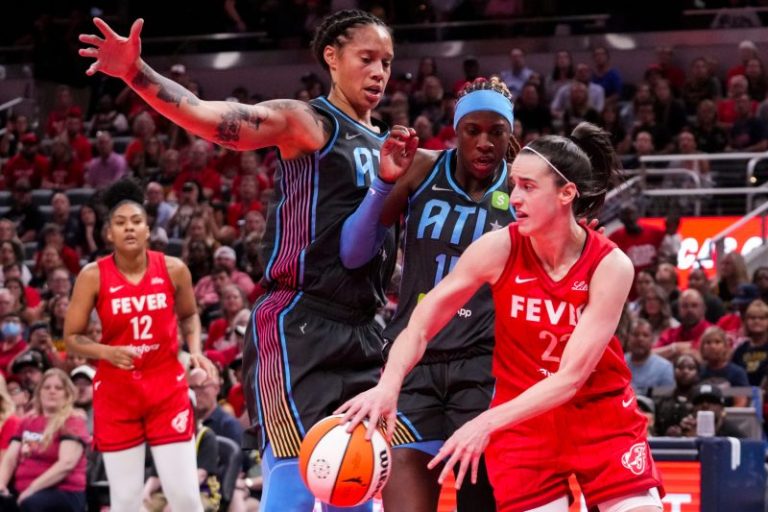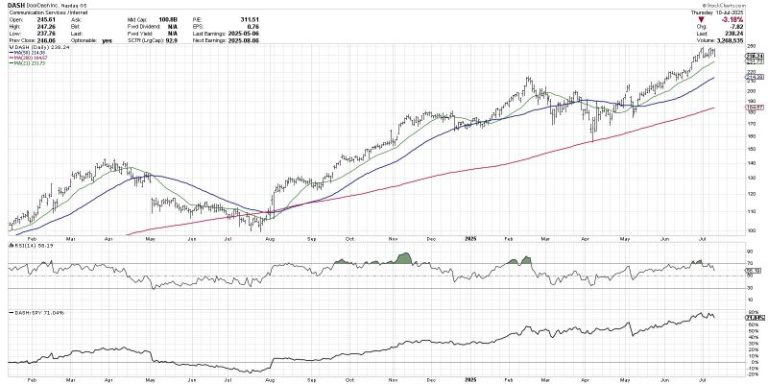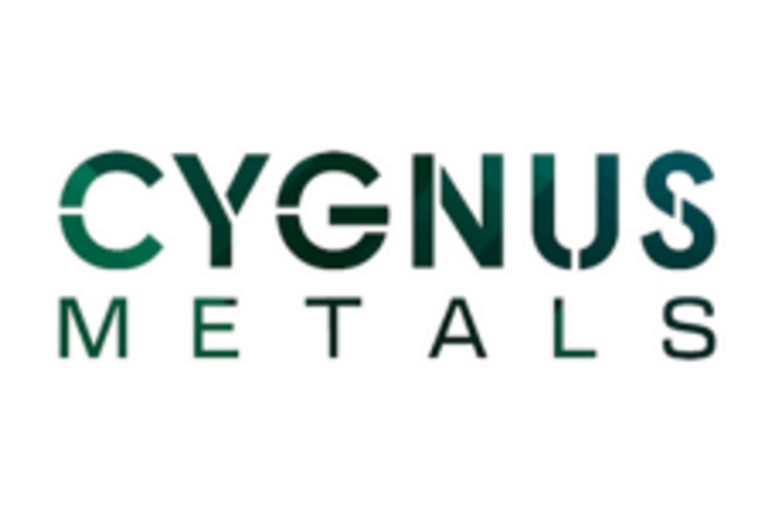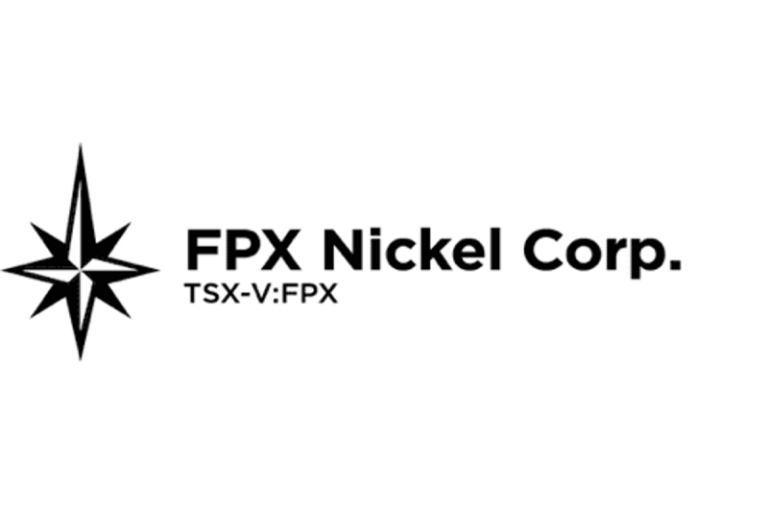Silver prices surged during the second quarter of 2025, surpassing the US$37 per ounce mark and reaching their highest levels in 14 years.
The price movements stem from a tightening supply and demand situation, which has seen above-ground inventories squeezed due to an increasing need from industrial sectors, particularly the growing photovoltaics industry.
However, demand has also increased due to heightened investor interest in alternative safe-haven assets, as gold prices reached record highs. The shifting sentiment comes amid uncertainty over a US trade policy that could reduce the world’s gross domestic product by 1 percent.
Investors have also been spooked by increasing conflict in the Middle East.
How has silver’s price movement benefited Canadian silver stocks on the TSX, TSXV and CSE? The five companies listed below have seen the best performances since the start of the year. Data was gathered using TradingView’s stock screener on July 7, 2025, and all companies listed had market caps over C$10 million at that time.
1. Santacruz Silver (TSX:SCZ)
Year-to-date gain: 321.82 percent
Market cap: C$387.88 million
Share price: C$1.16
Santacruz Silver is an Americas-focused silver producer with operations in Bolivia and Mexico. Its producing assets include a 45 percent stake in the Bolivar and Porco mines, which it shares with the Bolivian government, and a 100 percent ownership of the Caballo Blanco Group mines in Bolivia, along with the Zimapan mine in Mexico.
In addition to its producing assets, Santacruz also owns the greenfield Soracaya project, an 8,325 hectare land package located in Potosi, Bolivia. According to an August 2024 technical report, the site hosts an inferred resource of 34.5 million ounces of silver derived from 4.14 million metric tons of ore with an average grade of 260 g/t.
In October 2021, Santacruz acquired Glencore’s (LSE:GLEN,OTC Pink:GLCNF) 45 percent stake in the Bolivar and Porco mines and a 100 percent interest in the Soracaya project. Under the terms of the deal, Santacruz made an initial payment of US$20 million and was obligated to make an additional US$90 million over a four-year period from the closing of the transaction. Glencore also retained a 1.5 percent net smelter return.
The pair amended the deal in October 2024, giving Santacruz the option to either pay off the US$80 million base purchase price through annual US$10 million installments or to accelerate the repayment by paying US$40 million by November 2025. The deal also includes additional terms such as monthly payments to Glencore contingent on zinc pricing benchmarks.
Santacruz chose the accelerated option through a structured payment plan, which allows it to satisfy the base purchase price of the properties while saving US$40 million compared to the annual installment option. As of its third payment to Glencore on July 7, Santacruz has now paid US$25 million.
In its Q1 2025 production report released on June 12, Santacruz disclosed consolidated silver production of 1.59 million ounces, marking a 1 percent increase from the 1.58 million ounces produced during the same quarter in 2024.
Santacruz shares reached a year-to-date high of C$1.16 on July 7.
2. Almaden Minerals (TSX:AMM)
Year-to-date gain: 318.18 percent
Market cap: C$32.93 million
Share price: C$0.23
Almaden Minerals is a precious metals exploration company working to advance the Ixtaca gold-silver deposit in Puebla, Mexico. According to the company website, the deposit was discovered by Almaden’s team in 2010 and has seen more than 200,000 meters of drilling across 500 holes.
A July 2018 resource estimate shows measured resources of 862,000 ounces of gold and 50.59 million ounces of silver from 43.38 million metric tons of ore, and indicated resources of 1.15 million ounces of gold and 58.87 million ounces of silver from 80.76 million metric tons of ore with a 0.3 g/t cutoff.
In April 2022, Mexico’s Supreme Court of Justice ruled that the initial licenses issued in 2002 and 2003 would be reverted back to application status after the court found there had been insufficient consultation when the licenses were originally assigned.
Ultimately, the applications were denied in February 2023, effectively halting progress on the Ixtaca project. While subsequent court cases have preserved Almaden’s mineral rights, it has yet to restore the licenses to continue work on the project.
In June 2024, Almaden announced it had confirmed up to US$9.5 million in litigation financing that will be used to fund international arbitrations proceedings against Mexico under the Comprehensive and Progressive Agreement for Trans-Pacific Partnership.
In a December update, the company announced that several milestones had been achieved, including the first session with the tribunal, at which the company was asked to submit memorial documents outlining its legal arguments by March 20, 2025. At that time, the company stated it would vigorously pursue the claim but preferred a constructive resolution with Mexico.
On March 21, the company indicated that it had submitted the requested documents, claiming US$1.06 billion in damages. The memorial document outlines how Mexico breached its obligations and unlawfully expropriated Almaden’s investments without compensation.
The most recent update from the proceedings occurred on May 23, when the company announced that it had established a key personnel retention agreement (KPA) with CFO Korm Trieu and Executive Vice President Douglas McDonald. The KPA is intended as a long-term incentive program to retain employees for their knowledge of the proceedings, and the employees will need to perform certain duties related to the claims.
Under the terms of the agreement, the key personnel will split 4 percent of net proceeds, to a maximum of US$12 million, should Almaden’s claim prove successful.
Almaden shares reached a year-to-date high of C$0.245 on June 30.
3. Avino Silver and Gold (TSX:ASM)
Year-to-date gain: 296.85 percent
Market cap: C$710.8 million
Share price: C$5.04
Avino Silver and Gold Mines is a precious metals miner with two primary silver assets: the producing Avino silver mine and the neighboring La Preciosa project in Durango, Mexico.
The Avino mine is capable of processing 2,500 metric tons of ore per day, and according to its FY24 report released on January 21 the mine produced 1.1 million ounces of silver, 7,477 ounces of gold and 6.2 million pounds of copper last year. Overall, the company saw broad production increases with silver rising 19 percent, gold rising 2 percent and copper increasing 17 percent year over year.
In addition to its Avino mining operation, Avino is working to advance its La Preciosa project toward the production stage. The site covers 1,134 hectares, and according to a February 2023 resource estimate, hosts a measured and indicated resource of 98.59 million ounces of silver and 189,190 ounces of gold.
In a January 15 update, Avino announced it had received all necessary permits for mining at La Preciosa and begun underground development at La Preciosa. It is now developing a 350 meter mine access and haulage decline. The company said the first phase at the site is expected to cost less than C$5 million, which will be funded from cash reserves.
In Avino’s Q1 financial report released on May 13, the company noted that work was progressing at the site according to plan, with blasting and construction of the decline underway. It added that a new drill was working on the haulage ramp to the Gloria and Abundancia veins.
On the production and finance side, the company reported a record quarterly after-tax income of US$5.6 million, 10 percent higher than the US$5.1 million during Q4 2024. Avino also reported a 6 percent increase in silver production to 265,681 ounces. The company attributed the gain to an increase in feeder grade.
Avino shares reached a year-to-date high of C$5.04 on July 7.
4. Excellon Resources (TSXV:EXN)
Year-to-date gain: 238.89 percent
Market cap: C$57.43 million
Share price: C$0.305
Excellon Resources is an exploration and development company that is advancing its recently acquired Mallay silver mine in Peru back into production.
Mining at the site produced 6 million ounces of silver, 45 million pounds of zinc and 35 million pounds of lead between 2012 and 2018 before the operation was placed on care and maintenance.
On June 24, Excellon announced that it had completed its acquisition of Minera CRC, and its Mallay mine and Tres Cerros gold-silver project in Peru.
Excellon began the court-supervised acquisition process in October 2024. On March 11, Excellon announced that it had entered into a definitive agreement with Adar Mining and Premier Silver, which resolved any outstanding disputes between Adar, Premier, and Minera, and paved the way to complete the transaction.
In the June release, the company stated that it will immediately commence the next phase of its strategy to restart the mine. As Mallay is fully permitted with infrastructure in place, Excellon is aiming for run-rate silver production in Q2 of next year.
Additionally, the company announced on July 3 that it had appointed Mike Hoffman to its board of directors. Hoffman has been in the mining sector for over 35 years, and has experience with developing mines in Latin America.
Shares in Excellon reached a year-to-date high of C$0.315 on July 4.
5. Andean Precious Metals (TSX:APM)
Year-to-date gain: 182.61 percent
Market cap: C$481.71 million
Share price: C$3.25
Andean Precious Metals is a precious metals company with a pair of operating assets in the Americas.
Its primary silver-producing operation is the San Bartolomé facility in the Potosi Department of Bolivia. The onsite processing facility has an annual ore capacity of 1.8 million metric tons. The company has transitioned from conventional mining and is processing feed from both its low-cost fines deposit facility and third-party ore purchases.
Its other producing asset is the Golden Queen mine in Kern County, California, US. It hosts a 12,000 MT per day cyanide heap leach and Merril-Crowe processing facility. A mineral reserve statement showed a measured and indicated silver resource of 11.24 million ounces from 41.81 million MT at an average grade of 8.37 g/t silver. The company acquired Golden Queen from Auvergne Umbrella in November 2023 for total consideration of US$15 million.
On May 6, Andean released its Q1 operating and financial results. During the first quarter of the year, it produced 925,000 ounces of silver across its operations, up 0.9 percent over Q1 2024. However, the company noted that its revenues increased 43.9 percent year-over-year, reaching US$62 million compared to US$43.1 million. The company attributed this increase to higher silver and gold prices.
The most recent news from the company came on June 2 when it announced it entered into an exclusive, long-term agreement with the Bolivian state-owned mining company Corporacion Minera de Bolivia to acquire up to 7 million metric tons of oxide ore from mining concessions in Bolivia.
The ore is located within a 250 kilometer radius of the processing facility at its San Bartolomé operation, where it will process the ore. Under the terms of the 10 year agreement, Andean will immediately receive an initial 250,000 metric tons of ore, with the remaining to be delivered in tranches of 50,000 MT.
Shares in Andean reached a year-to-date high of C$3.25 on July 7.
Securities Disclosure: I, Dean Belder, hold no direct investment interest in any company mentioned in this article.
This post appeared first on investingnews.com










